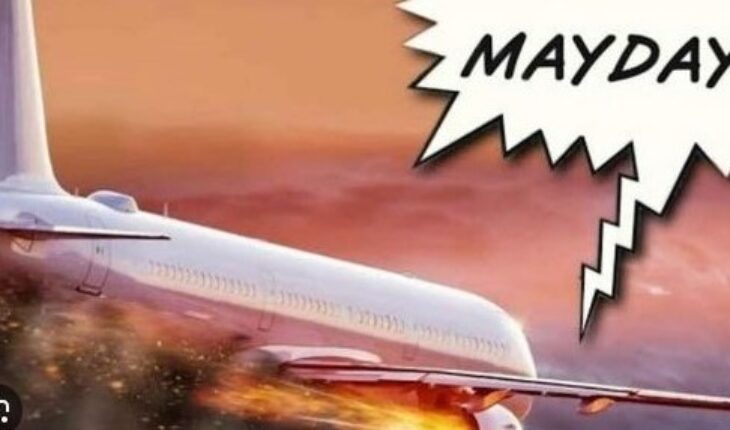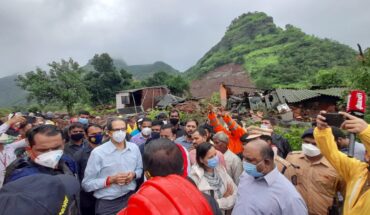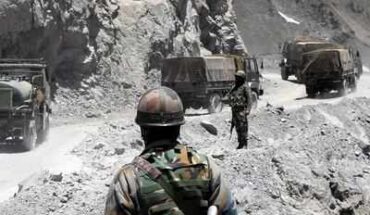Ahmedabad: A routine transcontinental flight turned into a nightmare when Air India Flight AI-171, en route from Ahmedabad to London Gatwick, crashed in the Meghani Nagar locality shortly after take-off on Thursday afternoon. The Boeing 787-8 Dreamliner, carrying 242 people, issued a “Mayday” call before losing contact with air traffic control — a chilling signal that all was not well in the sky.
Now, as emergency services sift through the debris and the Directorate General of Civil Aviation (DGCA) launches a full-scale investigation, a single word reverberates through headlines and public consciousness — Mayday.
What Happened?
At 2:45 PM, Captain Sumeet Sabharwal, a seasoned Line Training Captain with over 8,200 hours of flying experience, and First Officer Clive Kundar (1,100 hours) radioed a Mayday call to the Ahmedabad ATC. Within minutes, the aircraft went off radar and was later confirmed to have crashed into the Meghani Nagar area, causing feared civilian and passenger casualties.
The reason for the emergency call remains under investigation, but aviation sources confirm that a “Mayday” call is always a serious, final alert signalling grave danger.
What is a Mayday Call?
In aviation, a “Mayday” call is the most critical distress signal a pilot can send. It means the aircraft is in immediate and serious danger—be it due to a technical failure, fire, cabin pressure loss, or an impending crash. The term is always repeated three times—“Mayday, Mayday, Mayday”—to eliminate confusion and alert all nearby ATC and aircraft.
It’s not just a phrase. It’s a code for urgency, survival, and rapid response.
Origin of the Word “Mayday”
The word Mayday originates from the French phrase “m’aider”, meaning “help me.” It was coined in the 1920s by Frederick Stanley Mockford, a senior radio officer working air traffic between London and Paris, who was asked to devise a word that would be easily understood by both English and French-speaking pilots and controllers. The International Civil Aviation Organization (ICAO) later adopted it as the standard emergency call worldwide.
When is Mayday Used?
Pilots invoke Mayday only under extreme conditions, including:
- Engine or technical failure
- Fire on board
- Fuel shortage or contamination
- Loss of cabin pressure
- Threat of mid-air collision
- Imminent crash landing
It instantly prioritizes the aircraft in distress, clears the airspace, and initiates rescue coordination — a vital lifeline in chaotic seconds that often separate survival from disaster.
DGCA Begins High-Level Probe
The DGCA has dispatched a technical and safety team to the crash site. “Flight AI-171 was operated by aircraft VT-ANB. The crash occurred shortly after takeoff,” confirmed a senior DGCA official. While black box recovery and cockpit voice recordings will be key to unearthing what went wrong, early reports indicate possible engine failure or avionics malfunction.
Local authorities report multiple casualties and injuries in Meghani Nagar, where homes were damaged and panic spread as the aircraft slammed into the area, leaving a trail of wreckage and unanswered questions.
As India grapples with one of its most tragic air disasters in recent years, the Mayday call from Flight AI-171 stands as both a haunting signal and a crucial part of the investigation puzzle. For those on board, it was a cry for help. For the aviation community, it’s a call to re-examine safety protocols, aircraft systems, and pilot preparedness in high-stress scenarios.
As more facts emerge, one thing is clear: the skies may offer freedom, but when systems fail, a single word becomes the final plea for life — Mayday.






